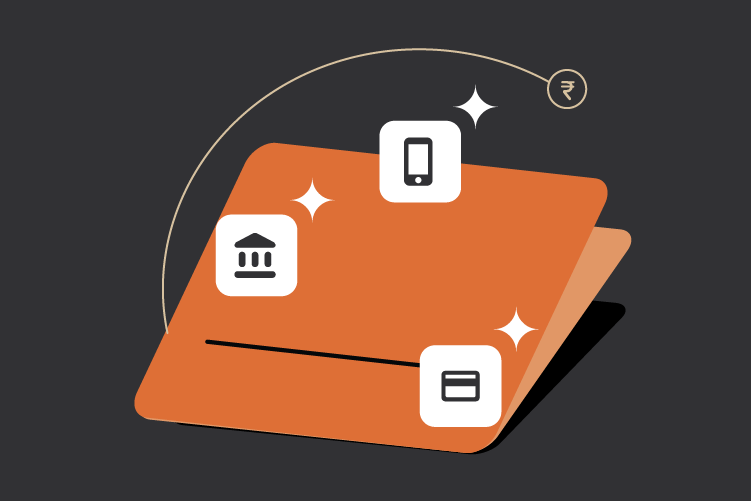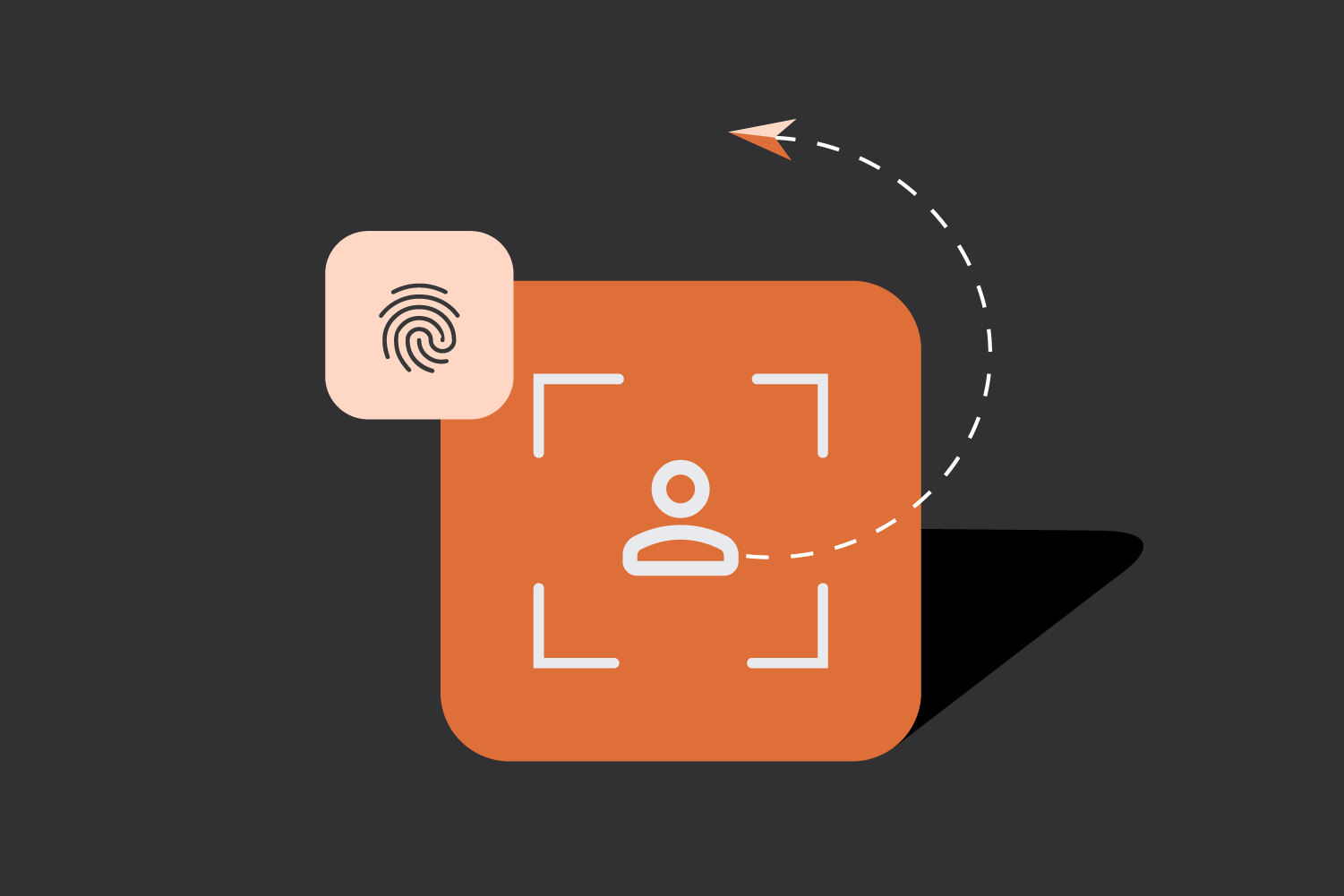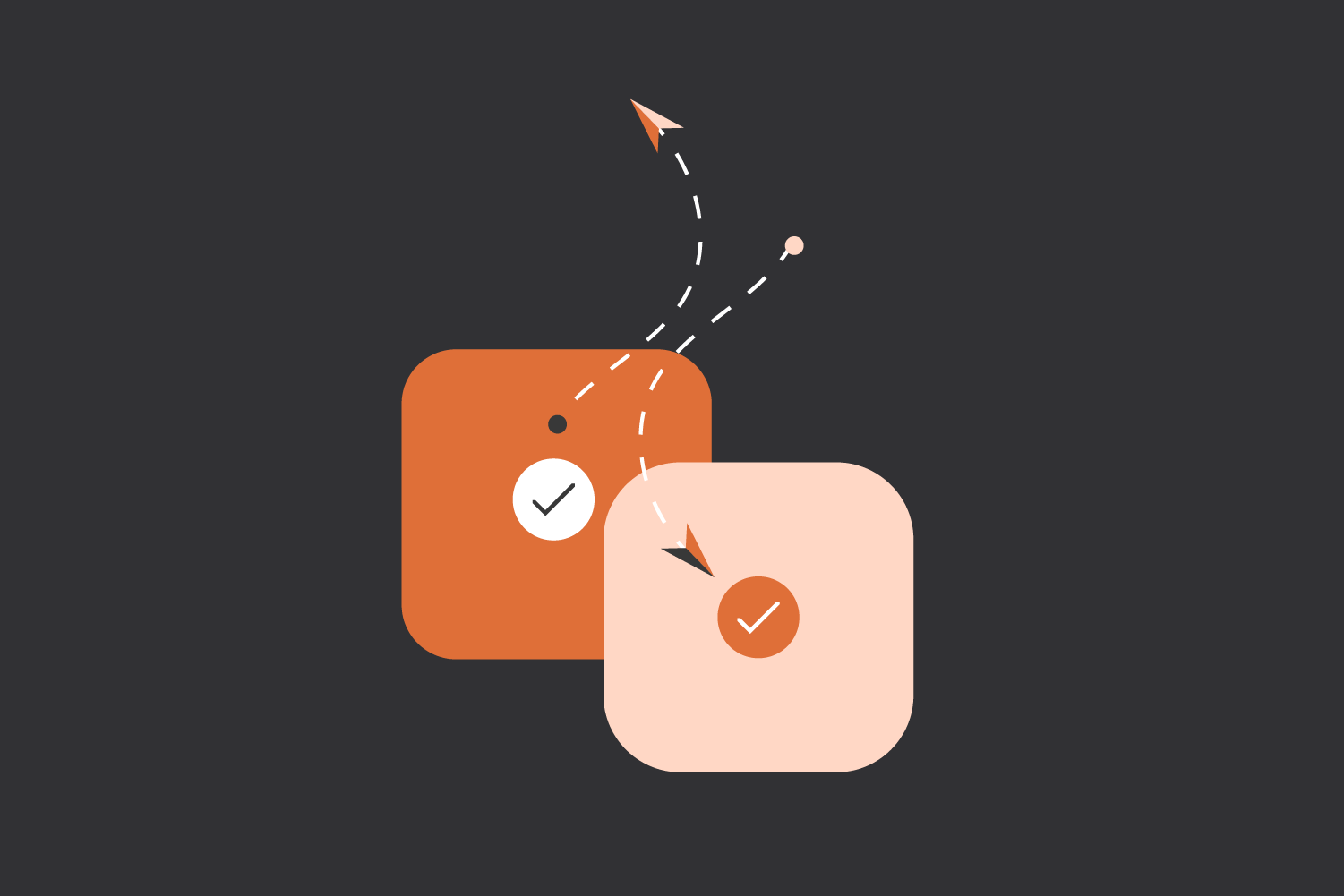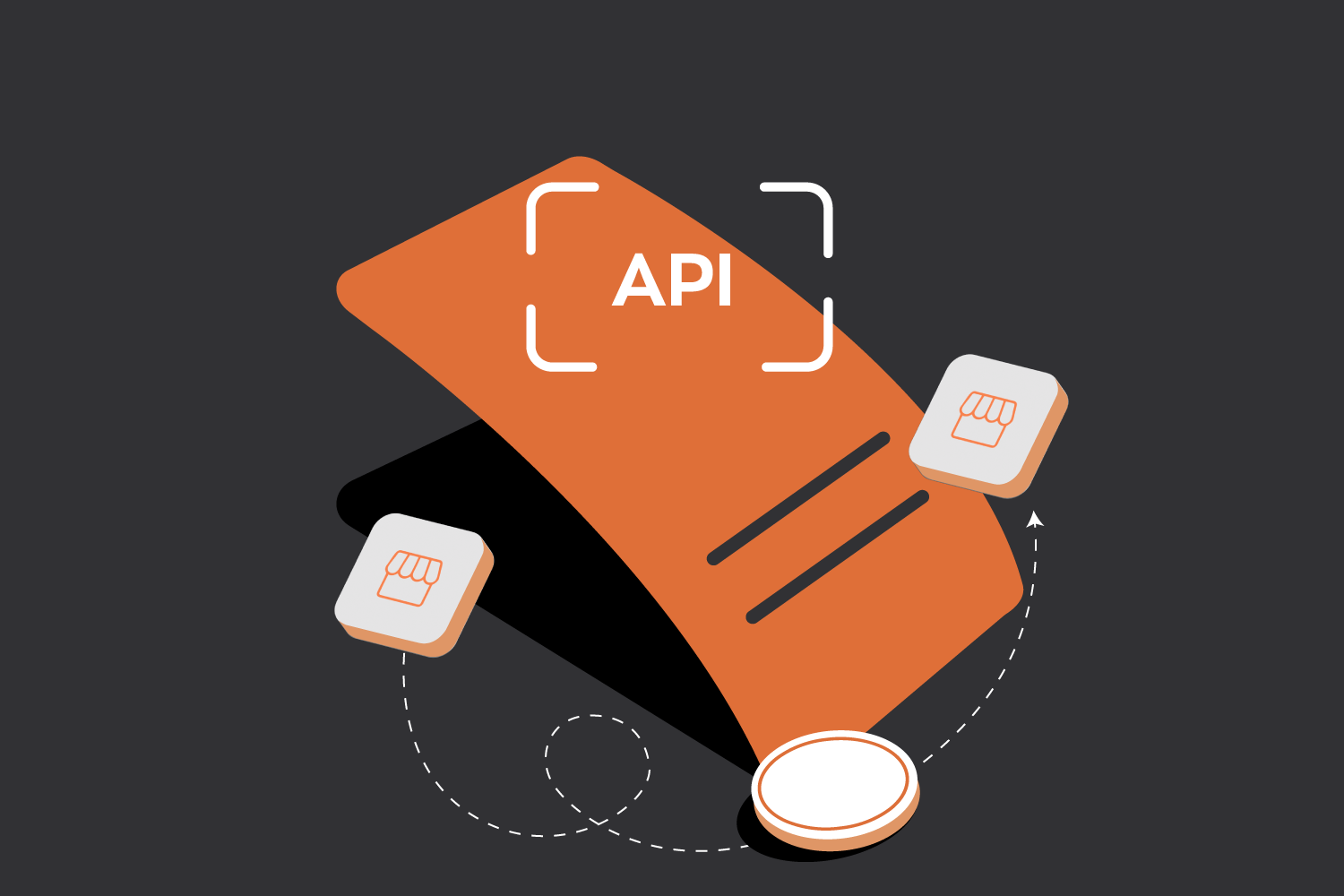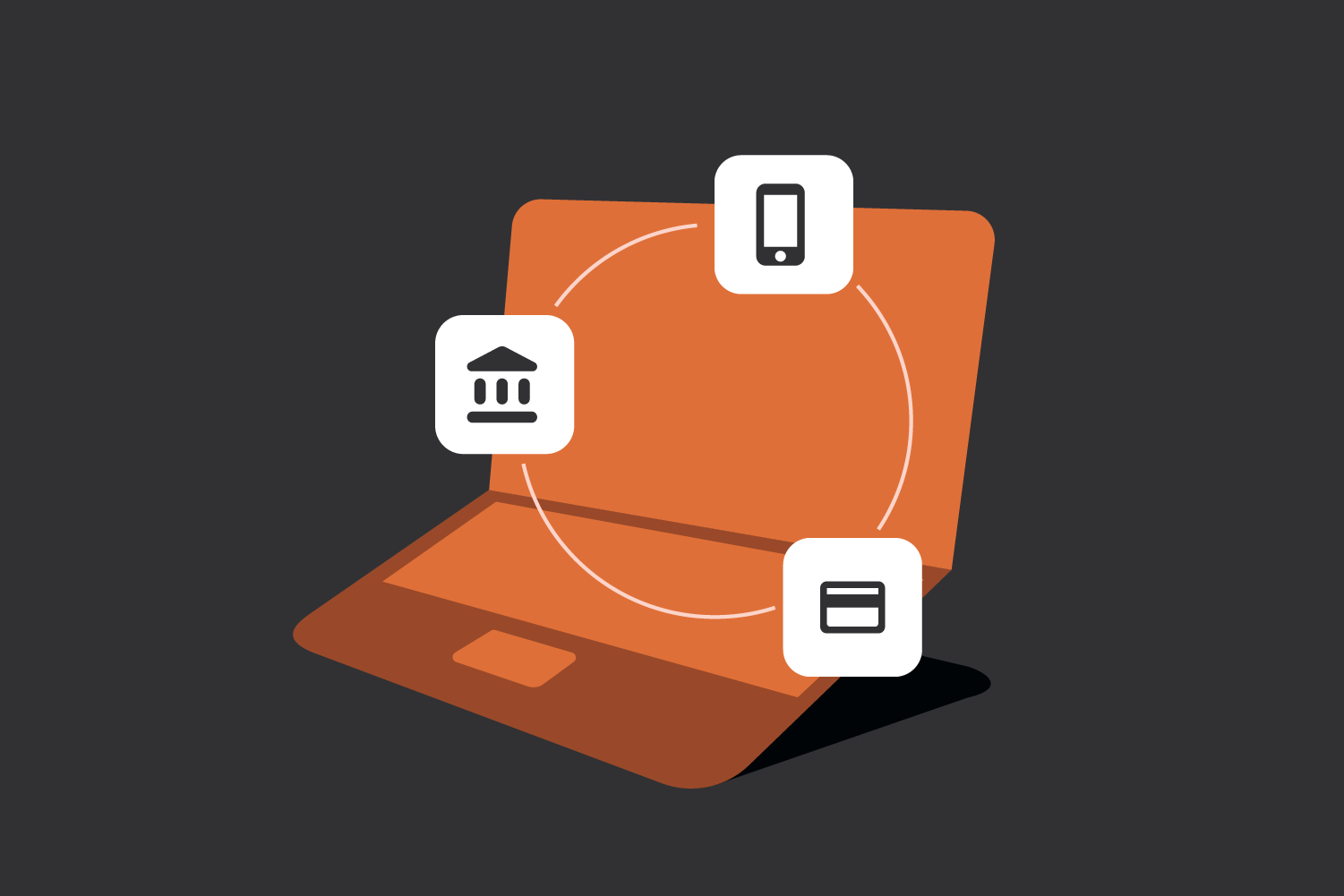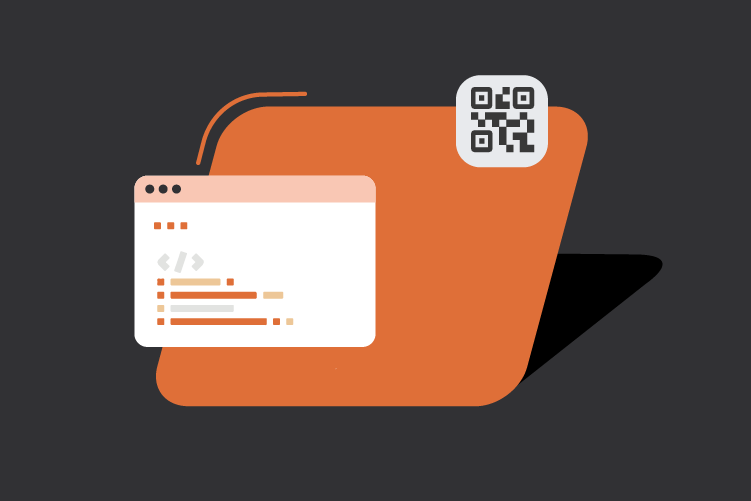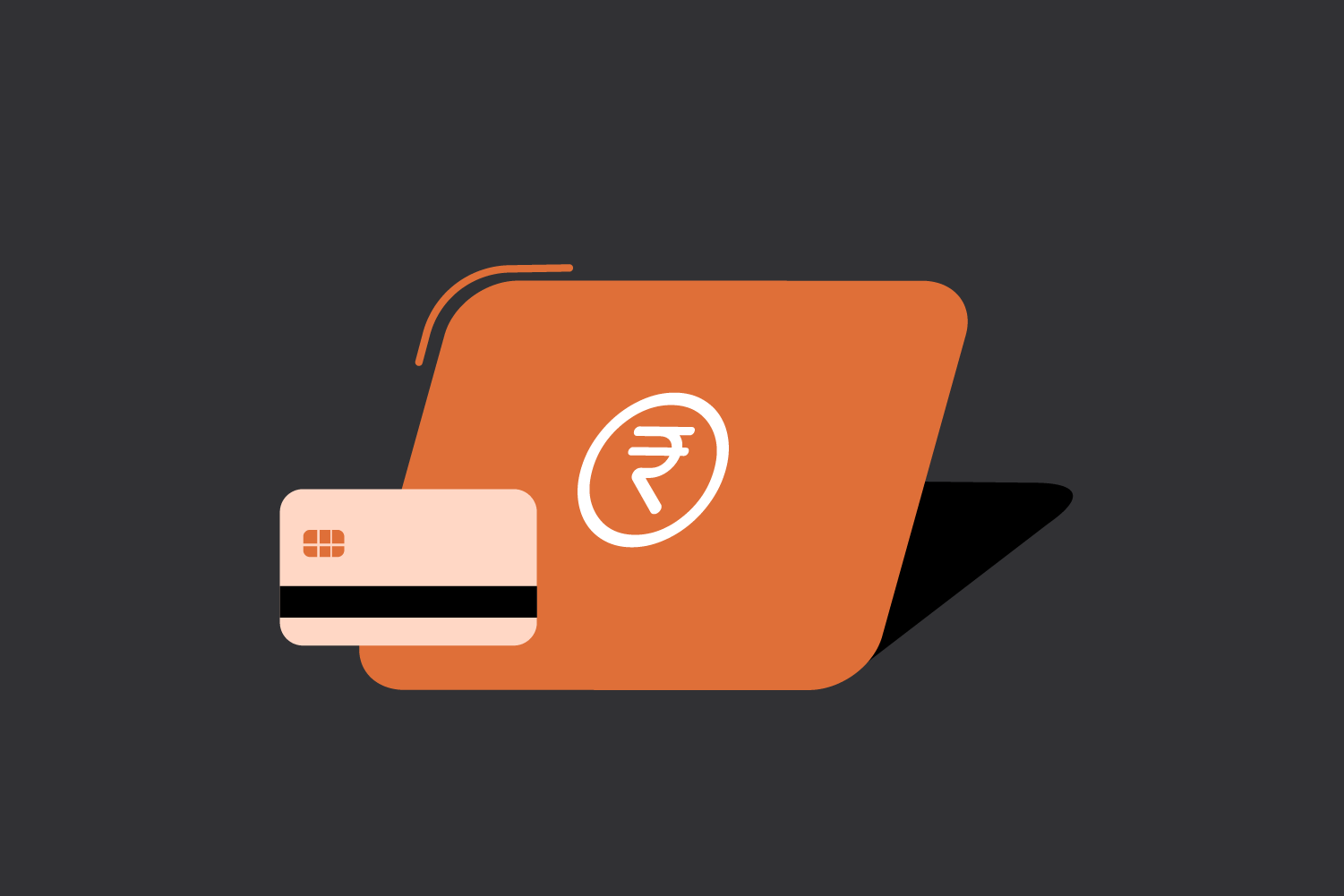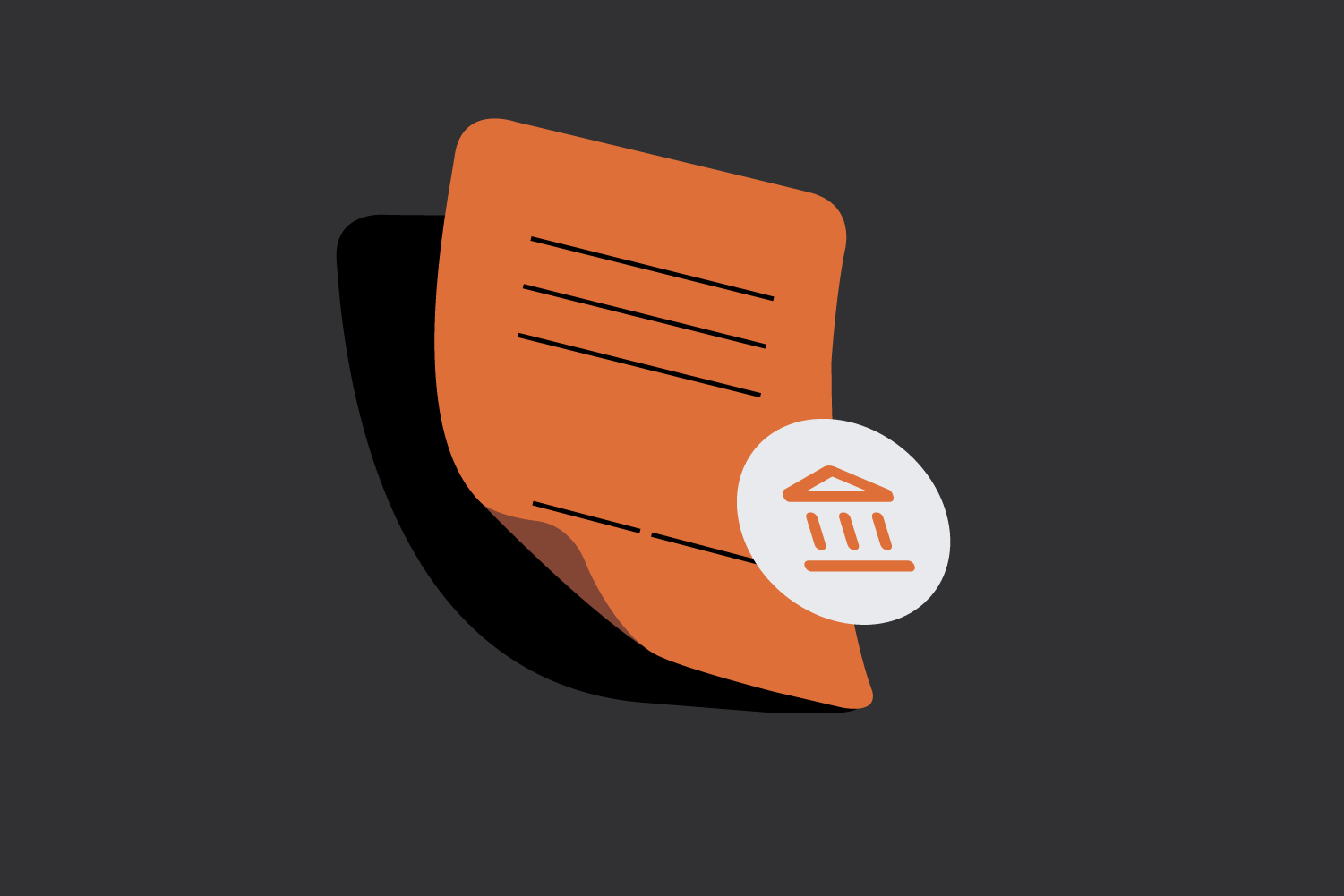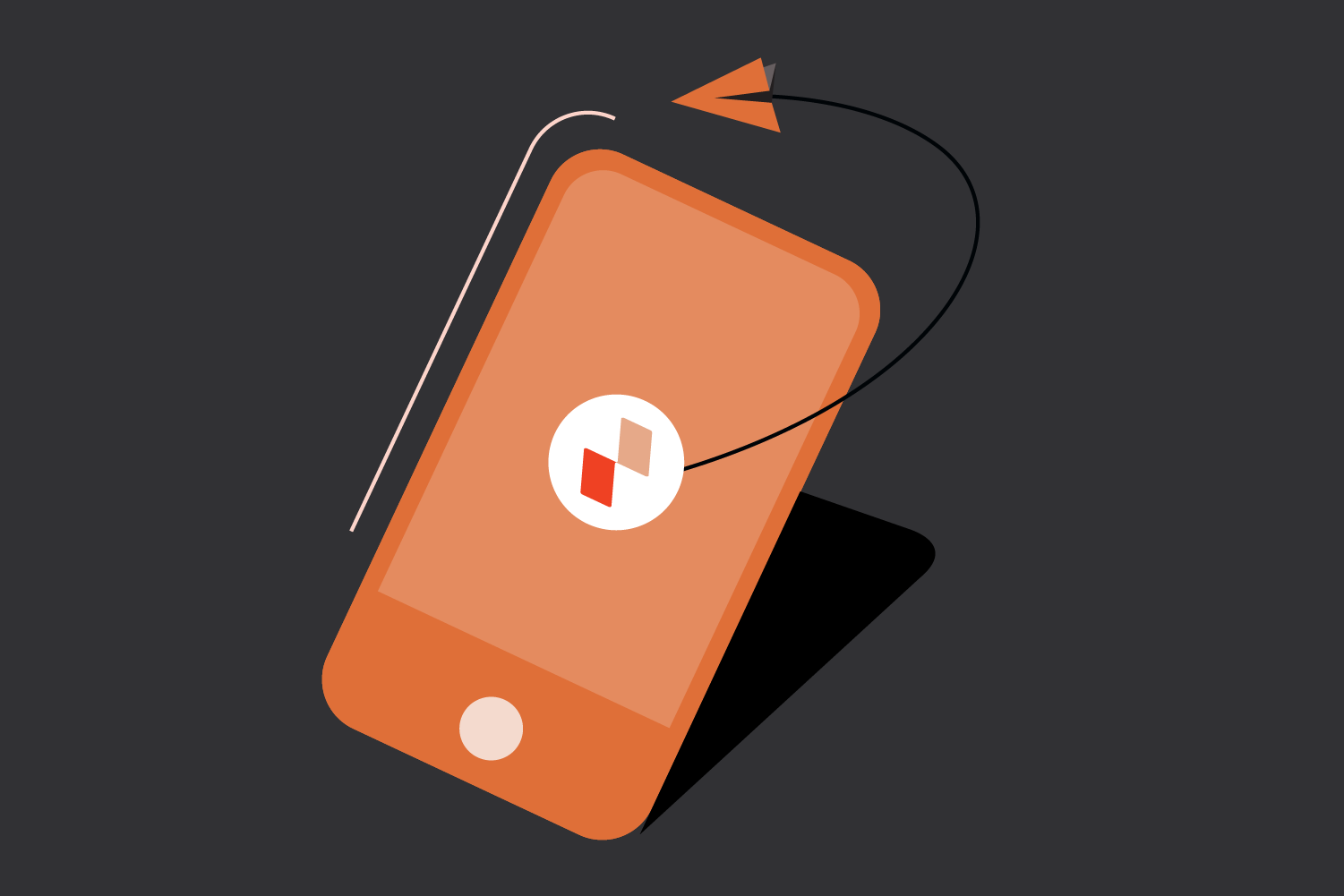Business payments aren’t what they used to be. Finance leaders today are rethinking how they manage payables and receivables. Whether it’s disbursing vendor payments, reimbursing employees, or settling partner dues, choosing the right B2B payment method can directly impact cash flow visibility, compliance, and business agility.
While traditional methods like cheques and bank transfers still exist, businesses are increasingly moving toward digital-first, automated solutions to scale operations and reduce friction. And with the rise of APIs, embedded finance, and real-time transaction monitoring, the future of B2B payments is not just digital—it’s intelligent.
In this guide, we explore the most widely used and emerging B2B payment methods, along with key considerations and how modern solutions like Zwitch are transforming how businesses move money.
What Are B2B Payments?
B2B (business-to-business) payments refer to financial transactions between two business entities. These could include:
- Payments to suppliers or vendors
- Disbursements to contractors and freelancers
- Settlements for bulk purchases
- Employee reimbursements
- Partner or affiliate payouts
Unlike consumer payments, B2B transactions typically involve higher values, multi-layered approvals, and more complex compliance needs—making it essential to choose the right payment method.
Why B2B Payments Are Changing
Some key shifts driving innovation in this space:
- Rising volume of digital payments: India’s digital payments ecosystem is booming. With growing smartphone usage and e-commerce adoption (expected to hit $200 billion by 2026 at a CAGR of 31%), B2B payments are increasingly shifting online.
- Need for faster settlement cycles: Businesses want real-time or same-day settlement to manage working capital better.
- Compliance and audit requirements: Payment methods must now align with tax regulations, invoice matching, and internal controls.
- Integration with ERPs and workflows: Finance teams are demanding payment systems that sync with their accounting and approval tools.
With these evolving needs, let’s look at the key B2B payment methods available today.
Bank Transfers (NEFT, RTGS, IMPS)
Still a staple for many businesses, bank transfers remain one of the most common B2B payment modes.
- NEFT: Great for scheduled, non-urgent transactions. Settles in batches.
- RTGS: Used for real-time, high-value payments above ₹2 lakh.
- IMPS: Instant, 24×7 payments suited for smaller, urgent transfers.
Pros:
- Secure and widely used
- Direct to bank accounts
Cons:
- Manual entry can lead to errors
- Not suitable for bulk, recurring, or rule-based automation
UPI for B2B Payments
While UPI is more common in B2C, it’s gaining traction among small businesses and startups for vendor payments and peer-to-peer settlements.
Pros:
- 24×7 instant payments
- Easy to use and reconcile with UPI IDs
- Zero to low transaction fees
Cons:
- Per-transaction limits vary
- Not ideal for structured payment workflows or bulk disbursals
Corporate Credit Cards
A common choice for recurring business expenses—like SaaS subscriptions, vendor payments, and travel—corporate cards help streamline spending.
Pros:
- Offers working capital flexibility
- Tracks and categorizes expenses by department or user
- Many cards offer cashback and rewards
Cons:
- Not accepted by all vendors
- Requires strict spend controls and reconciliation
Cheques and Demand Drafts
Though usage has declined, cheques and DDs are still used in certain industries and government-linked contracts.
Pros:
- Familiar to traditional businesses
- Legal documentation is easier in some cases
Cons:
- Slow processing and high risk of error
- Difficult to reconcile or track at scale
Payment Gateways for B2B Collections
If your business collects payments—whether for services, SaaS products, or wholesale goods—integrating a B2B payment gateway can streamline incoming transactions.
Pros:
- Supports cards, UPI, net banking, and wallets
- Digital record-keeping and easier reconciliation
- Can integrate with ERP and invoicing systems
Cons:
- Transaction fees involved
- May need customization for complex B2B flows
Bulk Payout Solutions & Payout APIs
An increasingly popular option for growing businesses, especially those with high payment volumes, multi-party disbursals, or recurring cycles, is Payout APIs.
Pros:
- Real-time or scheduled payouts at scale
- Smart approval layers, maker-checker controls, and audit trails
- Eliminates manual errors and delays
Cons:
- May require API integration (though low-code options exist)
Did You Know?
Zwitch offers plug-and-play Payout APIs that enable businesses to automate everything from salary disbursals to partner and vendor payments, without building complex infrastructure. You get full visibility, compliance-ready workflows, and control over your cash flow, all from one dashboard.
Interested in our APIs? Let’s talk!
Tell us your automation goals, and we’ll set you up with a free, personalized demo from our API expert.
Click HereLetters of Credit & Trade Finance Instruments
Popular in large-scale manufacturing, exports, or high-risk industries, these instruments are backed by financial institutions to mitigate non-payment risk.
Pros:
- Trusted for international trade
- Reduces counterparty risk
Cons:
- Slower to execute
- Heavy on documentation
Escrow Accounts
Used in milestone-based contracts (like consulting, legal, or real estate services), escrow accounts hold funds securely until terms are met.
Pros:
- Adds trust and transparency
- Ensures compliance with agreed conditions
Cons:
- Costlier and slower
- Needs a third-party facilitator
How to Choose the Right B2B Payment Method?
To identify the best fit for your business, consider:
- Do you handle bulk or high-frequency payouts?
- Is cash flow visibility a priority?
- Do you need approval layers and audit trails?
- Are your payments linked to ERP or finance systems?
- Is vendor onboarding or documentation a bottleneck?
If the answer to most is “yes”, your current system may be limiting growth—and it’s time to explore automation.
The Future of B2B Payments – Automation!
Manually uploading bank files, reconciling UTRs, or waiting days for payments to clear is no longer sustainable. Businesses now demand speed, control, and scalability.
This is where platforms like Zwitch come in.
Zwitch helps businesses modernize their B2B payments with seamless APIs and real-time capabilities—bringing efficiency, speed, and compliance together.
B2B payments are no longer just about moving money—they’re about moving smarter. With payment methods ranging from bank transfers to real-time APIs, businesses today have the tools to build finance operations that are scalable, secure, and future-ready.
The method you choose can determine how fast you grow, how well you manage compliance, and how strong your vendor and partner relationships remain.

